Czernyola
Owen Lonsdale and Steve Marshall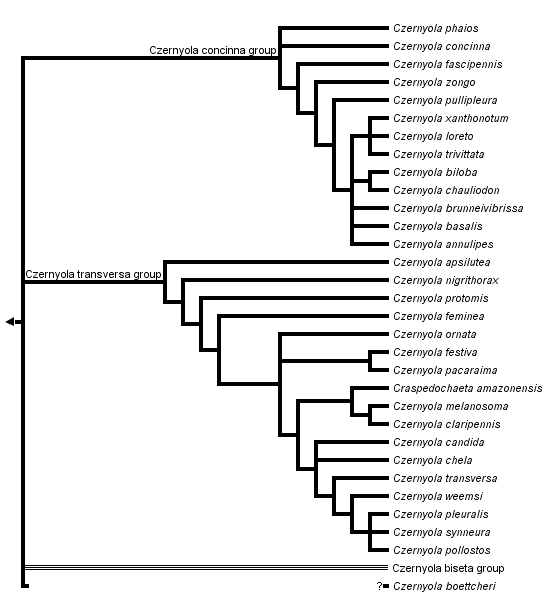


This tree diagram shows the relationships between several groups of organisms.
The root of the current tree connects the organisms featured in this tree to their containing group and the rest of the Tree of Life. The basal branching point in the tree represents the ancestor of the other groups in the tree. This ancestor diversified over time into several descendent subgroups, which are represented as internal nodes and terminal taxa to the right.

You can click on the root to travel down the Tree of Life all the way to the root of all Life, and you can click on the names of descendent subgroups to travel up the Tree of Life all the way to individual species.
For more information on ToL tree formatting, please see Interpreting the Tree or Classification. To learn more about phylogenetic trees, please visit our Phylogenetic Biology pages.
close boxIntroduction
Czernyola was treated as "Craspedochaeta" in publications before 1907 and from 1971 to 2009, but the status of the genus name was clarified in 2010 by Lonsdale et al. The genus is relatively abundant in tropical regions, and is the only acalyptrate Diptera that has four to five fronto-orbitals with the third bristle from the back inclinate and proclinate (the remainder are reclinate). The group is most diverse in the Oriental and Neotropical Regions, but species also occur in the Australian, Afrotropical and (occasionally) Nearctic Regions (Lonsdale & Marshall, 2006b; McAlpine, 1960; Sasakawa, 1971).
Three species groups (described below) are currently recognized within the genus: the Czernyola concinna (formerly C. atra), C. transversa and C. biseta groups (Lonsdale & Marshall, 2006b). The first two are found exclusively in the New World, but the latter is widespread in the Old World with one species in Bolivia and Ecuador.

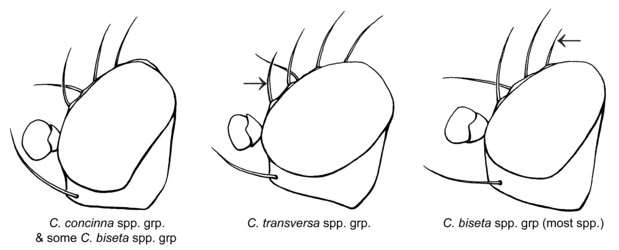
Heads of different Czernyola species groups, left lateral (arista and bristles removed, excluding vibrissa and fronto-orbital bristles). © Owen Lonsdale
Most species have been collected in tropical forests, but several species have extended their range into North America, and Czernyola australis McAlpine has been collected at 3000' in a cool region known to get winter snow (McAlpine, 1960). Some species frequent the undersides of leaves.
Very little is known about the biology and behaviour of Czernyola, although males and females have been found to frequent downed branches or bare logs throughout the neotropics, particularly when dung baits are placed on the wood.
As has been observed in species of other clusiodine genera such as Clusiodes, Hendelia (Marshall, 2000; Roháček, 1995) and Heteromeringia (Lonsdale & Marshall, 2007a), males of one Czernyola species have been observed while engaging in agonistic behaviour at supposed lek sites. Several specimens of the Bolivian C. pullipleura Lonsdale & Marshall were observed on a small fallen branch, where males on the most exposed and prominent parts of the branch returned quickly when scared off, and were repeatedly challenged by other males. When one male invaded the territory of another, the resident responded to the challenge by facing the invader, and a head-pushing competition usually ensued.

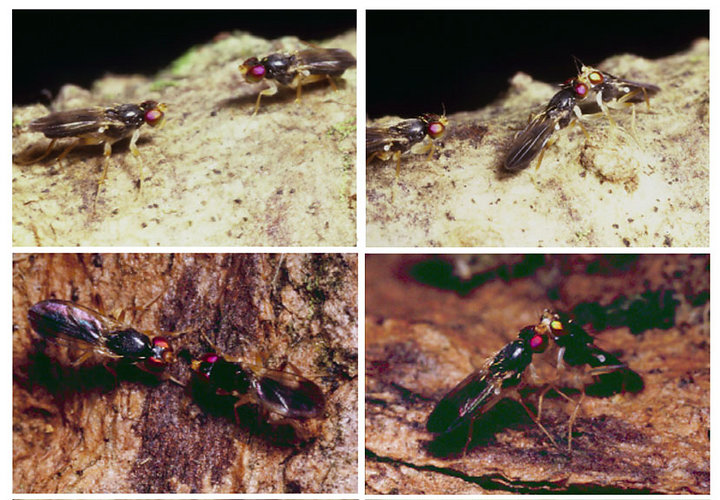
Behavior of Czernyola pullipleura males at supposed lek sites. © Steve Marshall
Characteristics
Czernyola can be easily diagnosed by having four or five fronto-orbital bristles, all of which are reclinate excluding the third bristle from the back, which is inclinate and proclinate. Other defining characters of the genus are male genitalic: the surstylus is smooth or sparsely setose on the outer face (at least anteriorly), the ejaculatory apodeme is wide and flared at one end (appearing 'mushroom-shaped'), and the hypandrial arm is only weakly attached to the remainder of the hypandrium (Lonsdale & Marshall, 2006b).
Species of Czernyola also have two pairs of dorsocentral bristles (a small third dorsocentral is rarely present ), the mid and hind tibiae have dorsal preapical tibial bristles, the arista is pubescent to short plumose, and the phallus is usually large and sac-like, although some species have elongate sclerotized sections or the phallus is reduced to absent (Lonsdale & Marshall, 2006b). As in other Clusiodinae, the spermathecae are longitudinally segmented, and the hypandrial complex exhibits extensive reduction and fusion of its components (Lonsdale & Marshall, 2006). Most Old World species exhibit a pronounced sexual dimorphism in size and colouration.
Discussion of Phylogenetic Relationships
Excluding the basal Allometopon Kertesz and Electroclusiodes Hennig, Czernyola is the sister group to the remaining clusiodine genera, which have spermathecae that are pigmented and strongly telescoped (Lonsdale & Marshall 2,006). McAlpine (1960) divided Czernyola into the C. transversa, C. concinna (formerly C. atra), and C. biseta species groups.
The Czernyola concinna and C. transversa species groups form a single New World lineage characterized by wings that are entirely dusky (at least ancestrally; paralleled in several species of the C. biseta group) and an anterior dorsocentral bristle that is half the length of the posterior dorsocentral (Lonsdale & Marshall, 2006b). The C. transversa species group is the most easily recognized, having an additional pair of reclinate fronto-orbital bristles at the anterior margin of the frons, characteristic spermathecae and pregonites, and a subterminal flagellum on the female ventral receptacle. Most species also have lighter bristles, paler notal colouration, united cerci that are often large and plate-like, an elongate basiphallus, and an atrophied distiphallus and ejaculatory apodeme (Lonsdale & Marshall, 2006b). Conversely, the C. concinna group is poorly defined, characterized by an absence of the prescutellar acrostichal bristles (independently developed in several species elsewhere in the genus).
The Czernyola biseta group is defined by a single plesiomorphic character (a long anterior dorsocentral bristle) and is almost certainly paraphyletic. Most species in this group are also sexually dimorphic and have a reduced hind fronto-orbital bristle. The group is predominantly Indoaustralian in distribution, although specimens have been collected in India and Africa (unpublished data), and a single neotropical species (C. argoniae Lonsdale & Marshall) has been collected in Bolivia and Ecuador (Lonsdale & Marshall, 2006b).
McAlpine (1960) revised the Australian Czernyola and Sasakawa (1971) revised those species in the Oriental and Pacific Regions. Lonsdale & Marshall (2006b) revised the New World species, providing a species-level phylogenetic analysis.
References
Lonsdale, O. & Marshall, S.A. 2006. Redefinition of the Clusiinae and Clusiodinae, description of the new subfamily Sobarocephalinae, revision of the genus Chaetoclusia and a description of Procerosoma gen. n. (Diptera: Clusiidae). European Journal of Entomology, 103: 163-182.
Lonsdale, O. & Marshall, S.A. 2006b. Revision of the New World Craspedochaeta Czerny. Zootaxa 1291: 1-101.
Lonsdale, O. & Marshall, S.A. 2007a. Revision of the New World Heteromeringia (Diptera: Clusiidae: Clusiodinae). Beiträge zur Entomologie 57(1): 37-80.
Lonsdale, O., Marshall, S.A., Fu, J. & Wiegmann, B. 2010. Phylogenetic analysis of the druid flies (Diptera: Schizophora: Clusiidae) based on morphological and molecular data. Insect Systematics & Evolution 41: 231-274.
McAlpine, D.K. 1960. A review of the Australian species of Clusiidae (Diptera: Acalyptrata). Rec. Aust. Mus. 25: 63-94.
Sasakawa, M. 1971. Studies on the Oriental and Pacific Clusiidae (diptera), pt. 2. Scientific Reports: Kyoto Prefactural University of Agriculture 23: 50-63.
Title Illustrations

| Scientific Name | Czernyola concinna Williston |
|---|---|
| Specimen Condition | Live Specimen |
| Copyright |
© Steve Marshall

|
| Scientific Name | Czernyola annulipes |
|---|---|
| Location | Southeastern United States |
| Specimen Condition | Dead Specimen |
| Identified By | O. Lonsdale |
| Sex | Male |
| Life Cycle Stage | Adult |
| Image Use |
 This media file is licensed under the Creative Commons Attribution-NonCommercial License - Version 3.0. This media file is licensed under the Creative Commons Attribution-NonCommercial License - Version 3.0.
|
| Copyright |
© Owen Lonsdale

|
About This Page
Owen Lonsdale

Canadian National Collection of Insects, Arachnids & Nematodes
Steve Marshall

University of Guelph, Canada
Correspondence regarding this page should be directed to Owen Lonsdale at and Steve Marshall at
Page copyright © 2011 Owen Lonsdale and Steve Marshall
 Page: Tree of Life
Czernyola.
Authored by
Owen Lonsdale and Steve Marshall.
The TEXT of this page is licensed under the
Creative Commons Attribution-NonCommercial License - Version 3.0. Note that images and other media
featured on this page are each governed by their own license, and they may or may not be available
for reuse. Click on an image or a media link to access the media data window, which provides the
relevant licensing information. For the general terms and conditions of ToL material reuse and
redistribution, please see the Tree of Life Copyright
Policies.
Page: Tree of Life
Czernyola.
Authored by
Owen Lonsdale and Steve Marshall.
The TEXT of this page is licensed under the
Creative Commons Attribution-NonCommercial License - Version 3.0. Note that images and other media
featured on this page are each governed by their own license, and they may or may not be available
for reuse. Click on an image or a media link to access the media data window, which provides the
relevant licensing information. For the general terms and conditions of ToL material reuse and
redistribution, please see the Tree of Life Copyright
Policies.
- First online 25 August 2005
- Content changed 06 January 2011
Citing this page:
Lonsdale, Owen and Steve Marshall. 2011. Czernyola. Version 06 January 2011 (under construction). http://tolweb.org/Czernyola/27681/2011.01.06 in The Tree of Life Web Project, http://tolweb.org/




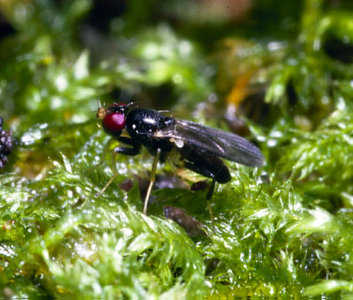
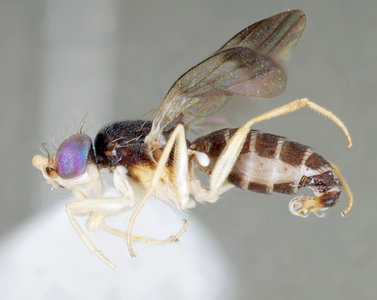
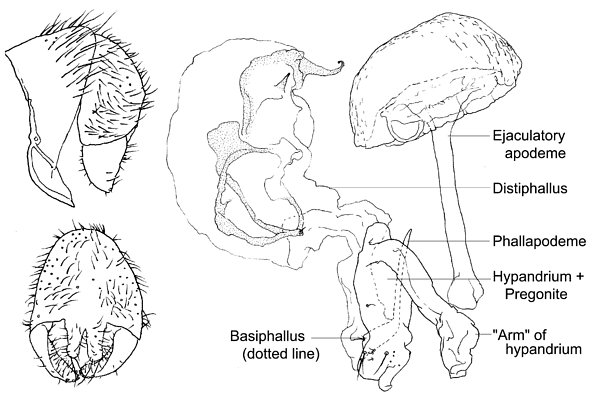
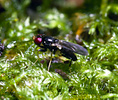
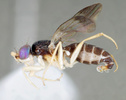

 Go to quick links
Go to quick search
Go to navigation for this section of the ToL site
Go to detailed links for the ToL site
Go to quick links
Go to quick search
Go to navigation for this section of the ToL site
Go to detailed links for the ToL site